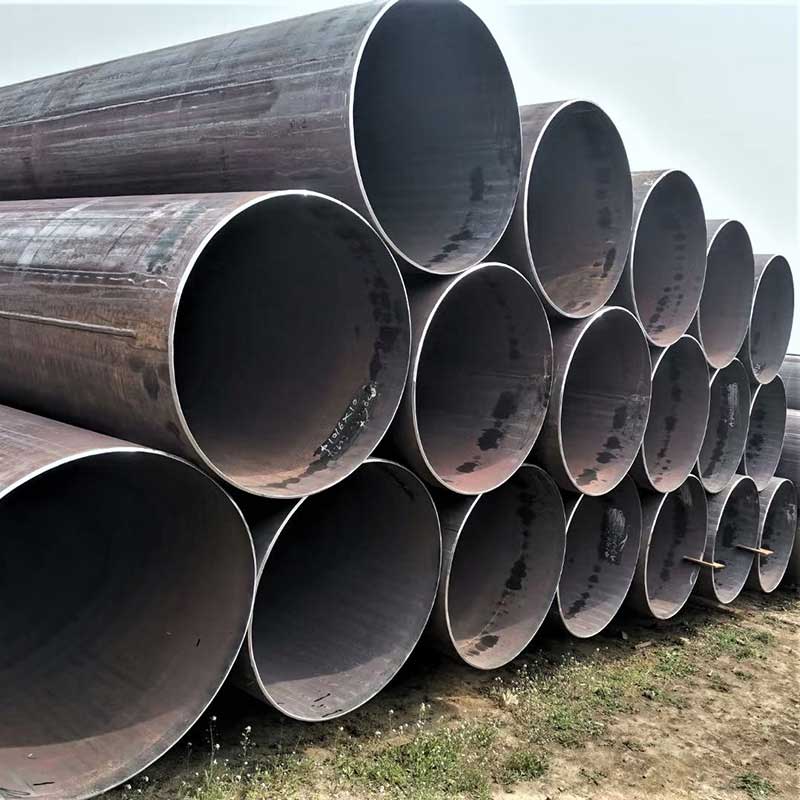
The global steel and iron industry has experienced significant fluctuations in recent years, with trade tensions and economic uncertainties impacting the market. As we look ahead to 2023, it is essential to evaluate the potential outlook for the steel and iron trade and its implications for the global economy.
One of the key factors that will shape the steel and iron trade in 2023 is the recovery of the global economy from the COVID-19 pandemic. As countries strive to regain their economic footing, the demand for steel and iron is expected to rebound, particularly in the construction and infrastructure sectors. The implementation of large-scale infrastructure projects and stimulus packages by governments worldwide will likely drive the demand for steel and iron, creating opportunities for exporters.
Moreover, the growing focus on sustainable development and the transition towards a low-carbon economy will influence the steel and iron trade in 2023. As governments and industries prioritize environmental sustainability, there will be an increased demand for eco-friendly steel and iron products. This shift towards sustainable materials will require steel and iron exporters to adapt their production processes and invest in cleaner technologies, ensuring compliance with stricter environmental standards.
Another significant factor that will impact the steel and iron trade is the evolving trade policies and geopolitical dynamics. Over the past few years, there has been a rise in protectionist measures, such as tariffs and trade barriers, which have disrupted the global steel and iron trade. In 2023, it is anticipated that countries will continue to focus on safeguarding their domestic industries, potentially leading to further trade restrictions. Exporters will need to navigate these complex trade policies and establish strong relationships with importers to ensure a stable and profitable trade environment.
Furthermore, the advancement of technology and digitalization will play a crucial role in shaping the steel and iron trade landscape in 2023. The integration of technologies like artificial intelligence, automation, and blockchain will enhance supply chain efficiency, reduce costs, and streamline trade processes. Exporters who embrace these technological advancements will gain a competitive edge, enabling them to meet the evolving demands of buyers and optimize their operations.
In conclusion, the outlook for the steel and iron trade in 2023 is cautiously optimistic. The recovery of the global economy, the focus on sustainability, evolving trade policies, and technological advancements will all contribute to shaping the industry. While challenges may arise, exporters who adapt to these changes, invest in sustainable practices, and leverage technology will be well-positioned to capitalize on the opportunities presented by the steel and iron trade in 2023.
